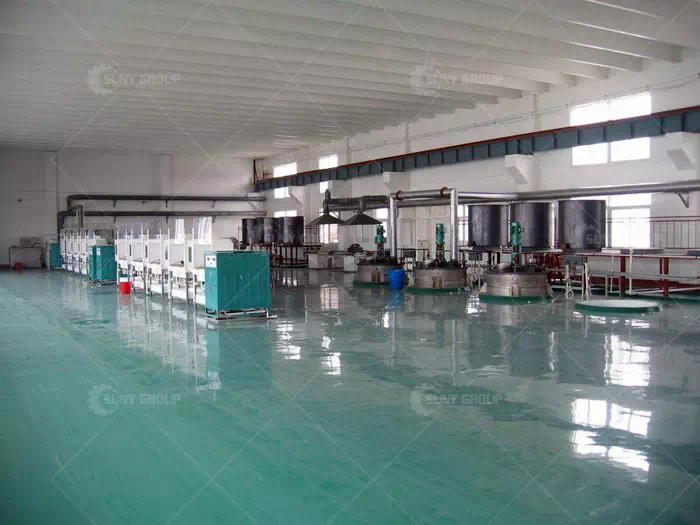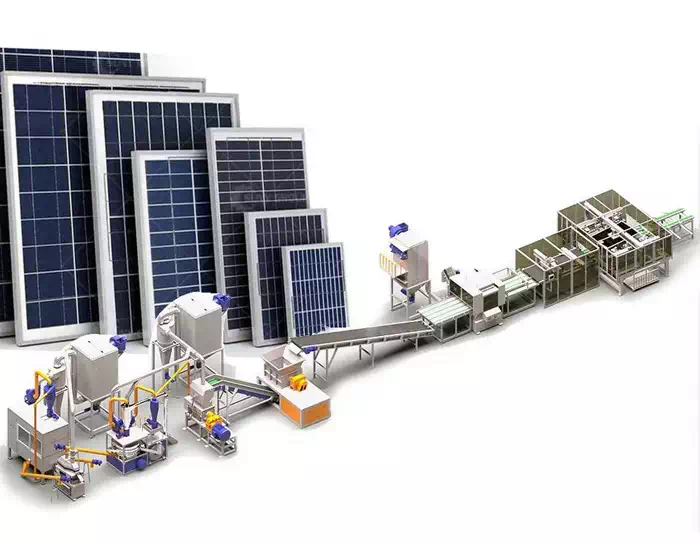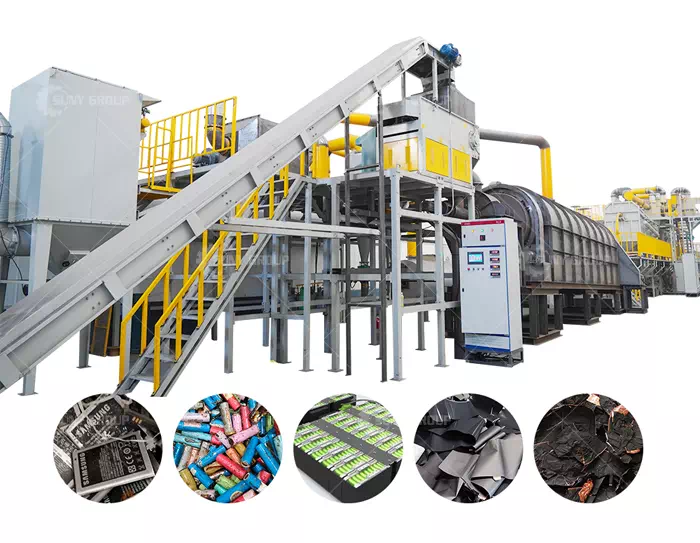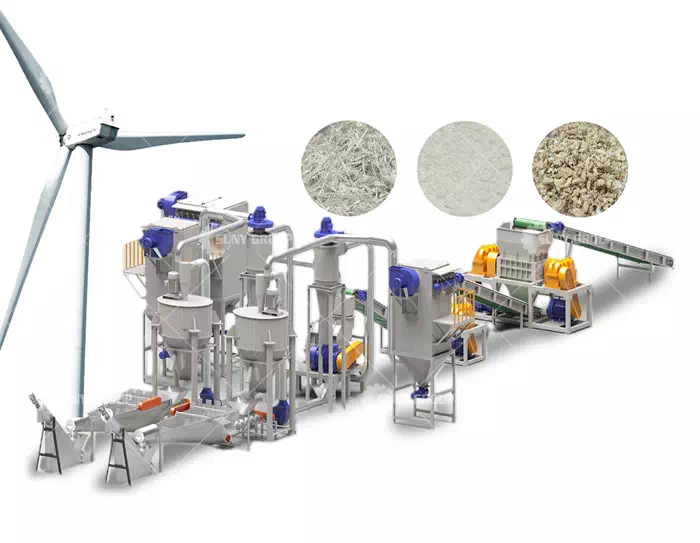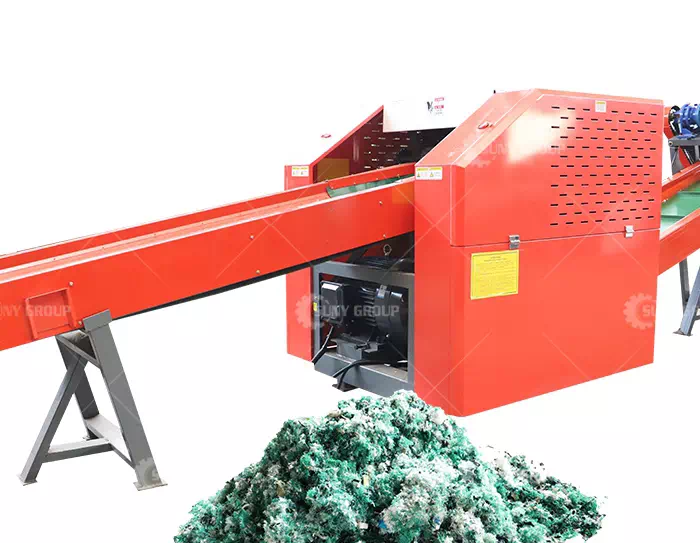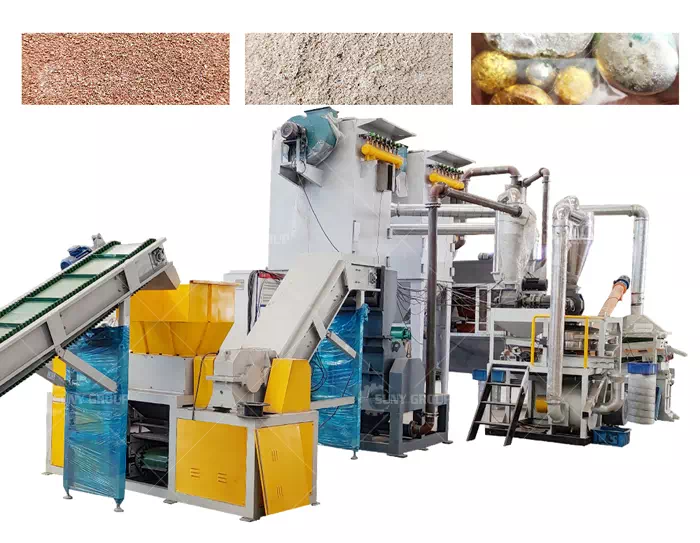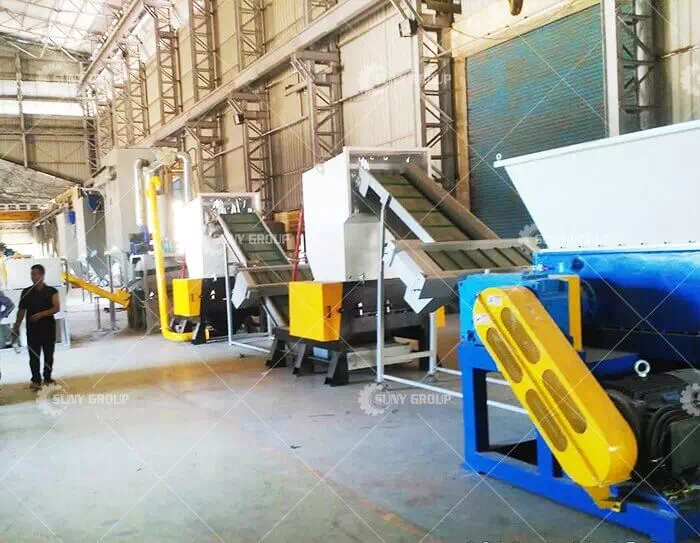E-waste precious metal recovery plant
As the world becomes more reliant on electronic devices, e-waste is increasingly becoming an environmental problem. However, within these waste streams lies a valuable resource – precious metals. E-waste precious metal recycling plants have emerged as a sustainable solution for extracting and recycling these valuable materials. SUNY GROUP will introduce you to the technical processes and equipment involved in this type of factory.
Sorting and preprocessing:
The first step in an e-waste precious metal recycling plant involves sorting and pre-processing. This stage involves the classification of different types of e-waste such as circuit boards, mobile phones, laptops and televisions. Manual and automated sorting techniques are used to separate e-waste into specific categories for further processing.
Mechanical pretreatment:
After sorting, e-waste undergoes mechanical pretreatment to remove non-metallic components such as plastics, glass and ceramics. Techniques such as shredding, crushing and grinding are used to reduce the size of the waste and facilitate subsequent separation processes.
E-waste precious metal recovery plant
Chemical leaching:
Chemical leaching is a key step in recovering precious metals from electronic waste. The process involves using chemicals such as acids or cyanide solutions to dissolve the metals present in the waste. Depending on the specific requirements of the plant, different leaching methods are used, including heap leaching, stirred leaching and in-situ leaching.
Metal recycling:
After leaching, the resulting metal-rich solution is subjected to various separation techniques to recover the precious metals. These techniques include solvent extraction, precipitation, electrowinning and ion exchange. The goal of each method is to separate and purify the desired metals, such as gold, silver, platinum and palladium, from the leachate.
Residue treatment:
During the recycling process, residues may be left behind that require appropriate treatment to minimize environmental impact. These residues, which contain non-metallic components, toxic substances and remaining chemicals, undergo further processing such as filtration, neutralization and stabilization to make them safe for disposal or possible reuse.
Environmental considerations:
E-waste precious metal recycling plants prioritize environmental sustainability. Wastewater treatment systems are used to treat and manage wastewater generated during processes. Air pollution control measures, including dust collection systems and exhaust gas treatment, are also used to minimize emissions. Additionally, strict compliance with regulatory guidelines ensures the safe handling and disposal of hazardous materials.
Recycling and reuse:
Once precious metals are successfully recovered, they can be sold or used in various industries. Recycled metals can be reintroduced into the manufacture of new electronic devices, reducing the need to mine virgin resources. This closed-loop approach promotes a circular economy and helps conserve natural resources.
E-waste precious metal recycling plants play a vital role in mitigating the environmental impact of e-waste while extracting valuable resources. By combining sorting, pre-treatment, chemical leaching, metal recovery and responsible residue handling, these plants can efficiently recover precious metals from e-waste. By adopting such technologies and practices, we can move towards a more sustainable future, reduce our dependence on mining and protect precious resources. If you have any relevant questions or needs, please feel free to contact us for consultation.
Recommend products
CONTACT US:
If you have any requirement or suggestion, please fill in the form and send to us, thanks!E-mail:sunymachine@gmail.com | Whatsapp:+8613674945231


